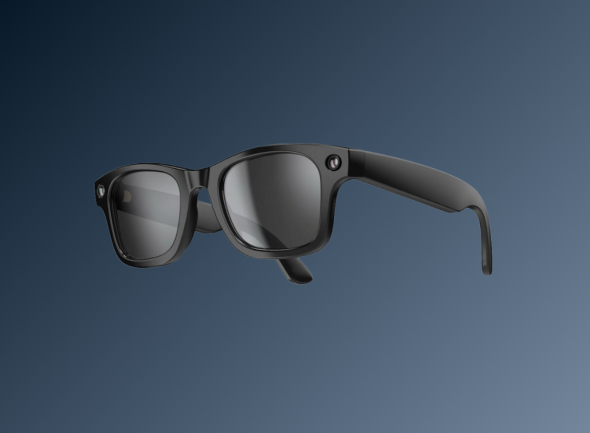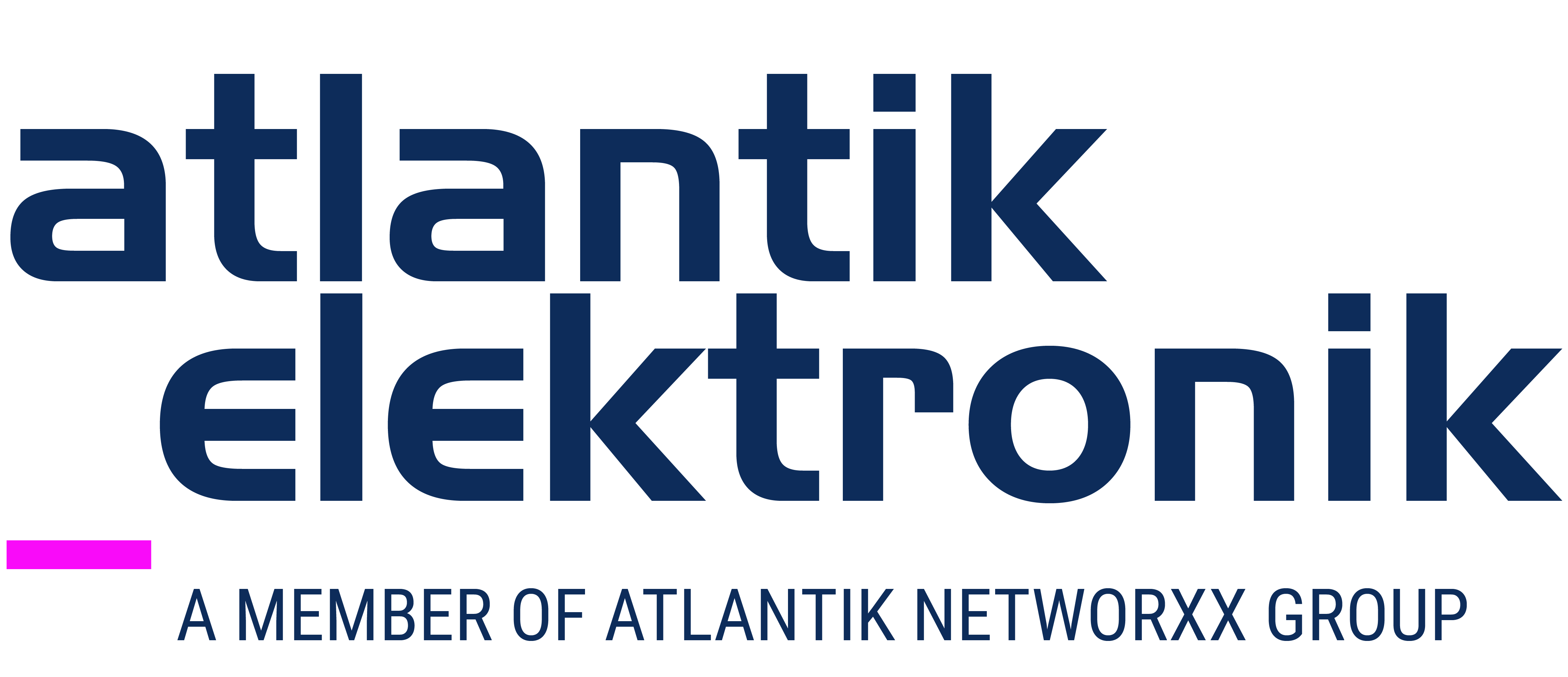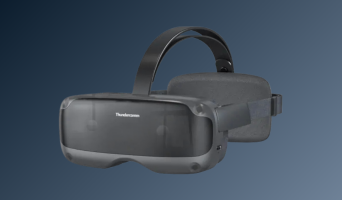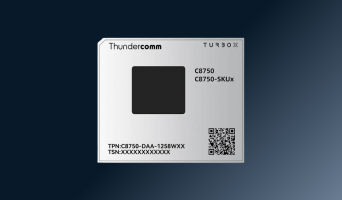Thundercomm AR1 Reference Design – turnkey solution for AI smart glasses
17. October 2025 | Planegg
The Thundercomm AR1 Reference Design offers a complete, ready-to-use solution to accelerate the development of AI-powered smart glasses. By providing a fully integrated hardware and system design, developers can focus on brand identity and user experience while delivering high-quality imaging, clear voice capture, immersive audio, and extended wear time. Built-in LMM/AI support enables next-generation voice and vision capabilities for advanced applications.
Equipped with a 12 MP RGB camera, five noise-cancelling microphones, stereo open-ear speakers, and connectivity via Wi-Fi 7 and Bluetooth 5.3, the AR1 Reference Design provides all essential components for professional-grade AR glasses. It is particularly lightweight (<52 g) and designed with comfortable ergonomics to ensure long-term usability while supporting intuitive controls via touch, key inputs, and USB/pogo-pin interfaces.
Ideal use cases include remote assistance, hands-free field operations, warehouse and logistics workflows, training and safety briefings, clinical rounds, tele-collaboration, content creation, and live streaming. As a turnkey solution, the AR1 reference design significantly reduces development time and cost, enabling rapid time-to-market for innovative AR AI glasses.

Learn more about the Thundercomm AR1 Reference Design in the ATE Store and discover our Atlantik Elektronik Solutions for Industry 5.0.
FAQ
What is the Thundercomm AR1 Reference Design?
The AR1 is a turnkey solution for AI-powered smart glasses, providing a fully integrated hardware and system design so developers can focus on brand identity, UX, and application features.
What are the key capabilities of the AR1 glasses?
It features a 12 MP RGB camera, five noise-cancelling microphones, stereo open-ear speakers, Wi-Fi 7 and Bluetooth 5.3 connectivity, and built-in LMM/AI support for voice and vision functions, all in a lightweight (<52 g) ergonomic design.
Which applications is the AR1 Reference Design suited for?
Ideal use cases include remote assistance, hands-free field operations, warehouse workflows, training, clinical rounds, tele-collaboration, content creation, and live streaming, enabling rapid development and time-to-market for AR AI glasses.




